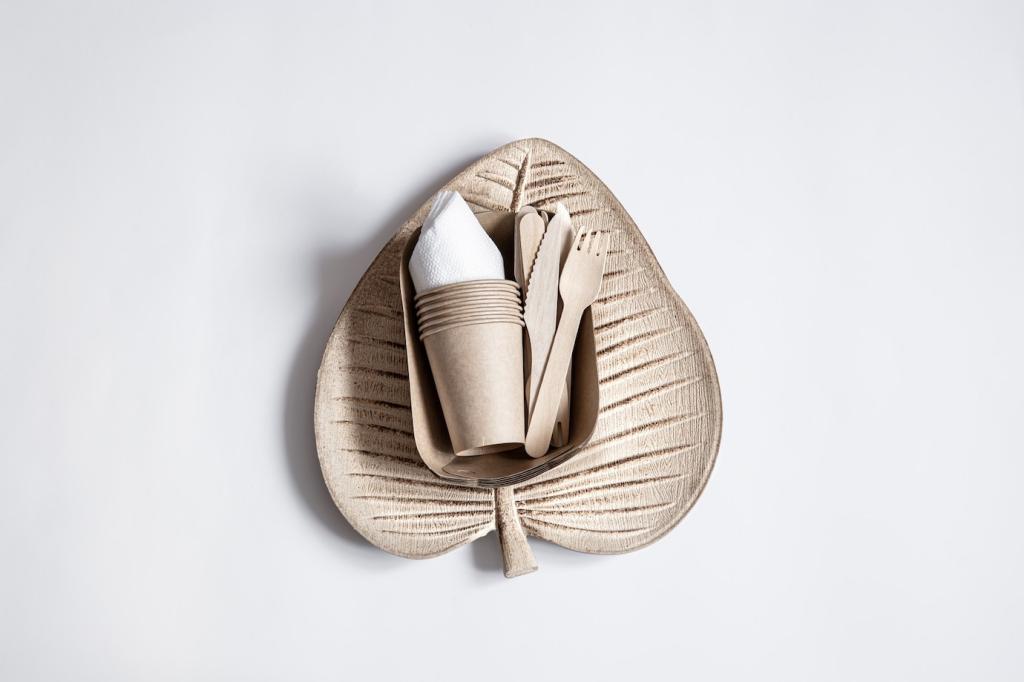Natural Materials for Eco-Friendly Interiors: Living Well with Honest, Earth-Born Design
The Warmth of Wood: Foundations for a Low-Impact Home
Choose FSC or PEFC-certified wood, favoring species suited to your climate and supply chains. Ask suppliers about reclaimed sources, kiln methods, and finishes to ensure durability without toxic additives or excessive transport emissions.
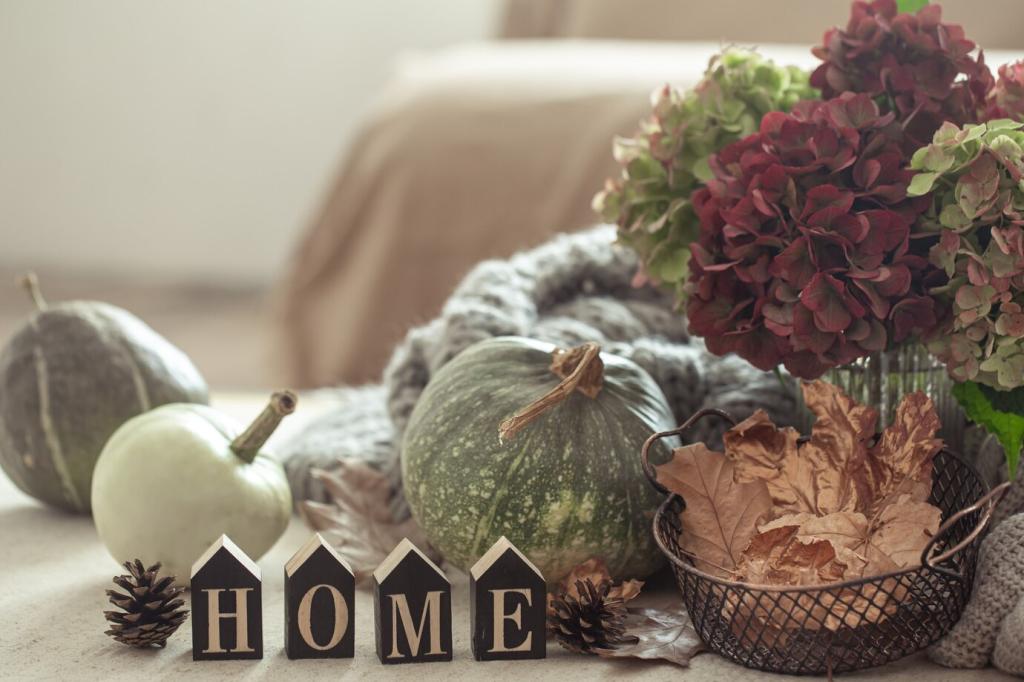
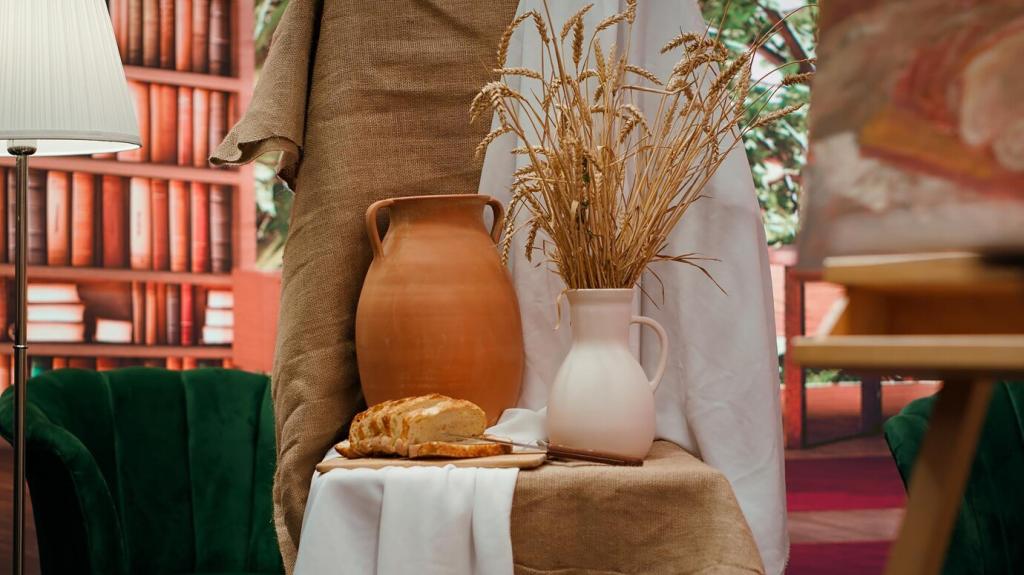
The Warmth of Wood: Foundations for a Low-Impact Home
Natural oils, plant-based waxes, and low-VOC hardwax finishes preserve grain, allow micro-repair, and avoid heavy off-gassing. Skip plasticizing polyurethane when possible; a breathable finish ages gracefully and can be spot-renewed easily.
Stone, Clay, and Earth: Grounded Surfaces That Regulate Comfort
Favor locally quarried or reclaimed stone to reduce transport impacts. Ask about extraction practices, sealers, and slip ratings. Honed finishes hide wear gracefully, and lime-based sealers preserve breathability in kitchens and entries.
Stone, Clay, and Earth: Grounded Surfaces That Regulate Comfort
Clay plasters moderate humidity, absorb odors, and diffuse daylight with velvety softness. They’re repairable, pigment-friendly, and free of synthetic binders. If you’ve tried clay walls, tell us how they changed the feel of your space.
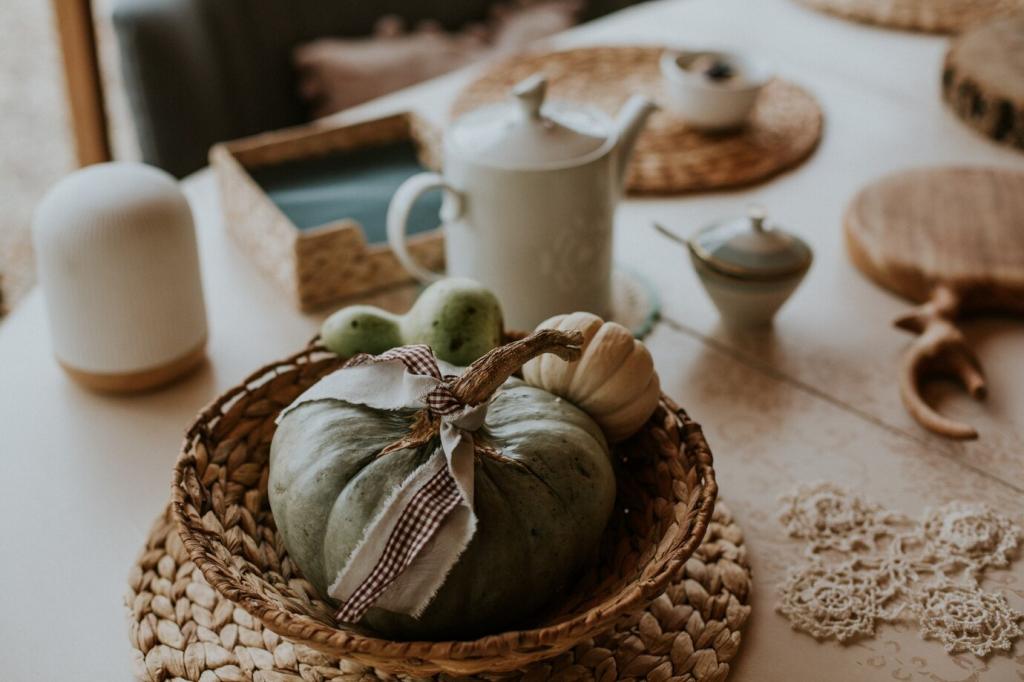
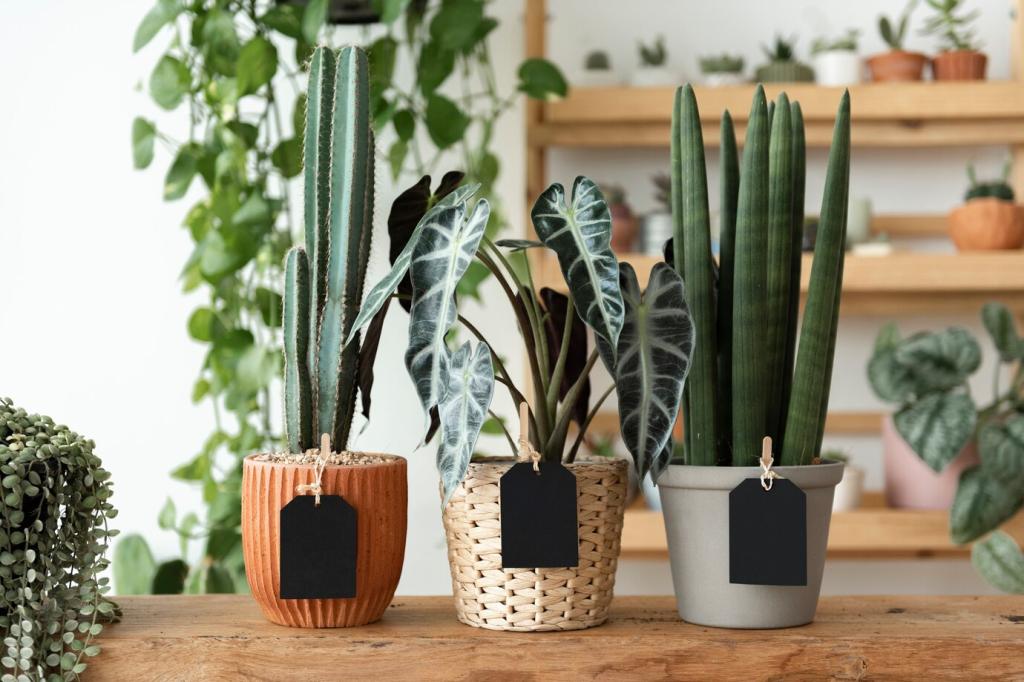
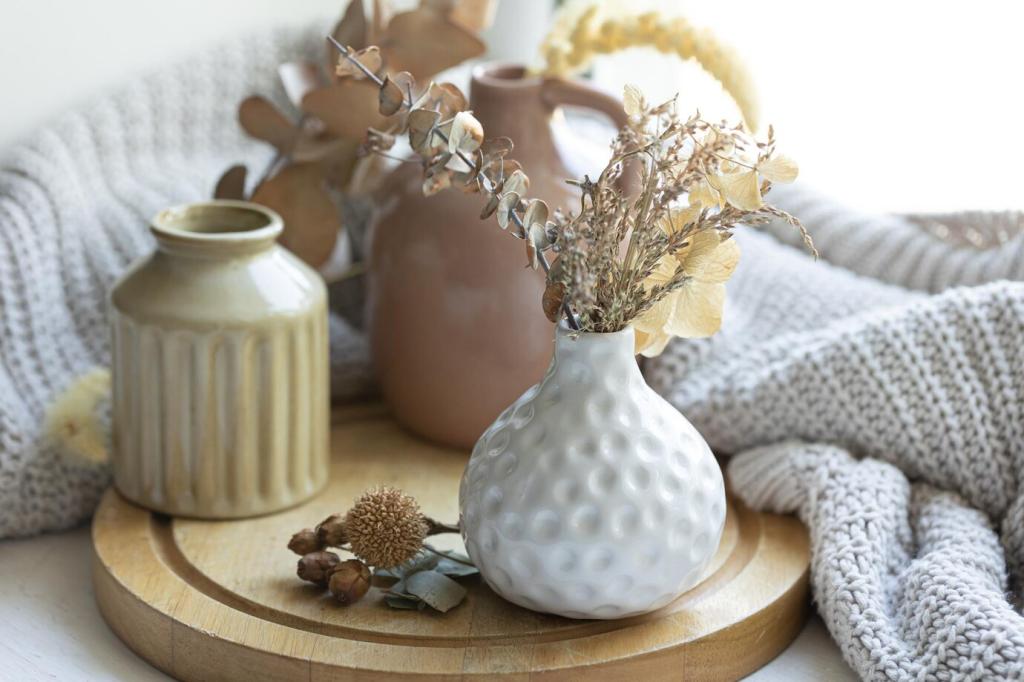


Healthy Finishes: Lime, Casein, and Plant Oils over Petrochemicals
Limewash and silicate paints bond to mineral surfaces, resist mold, and allow walls to breathe. Their cloud-like tonal variation adds depth. Ask your supplier about compatibility with drywall, primers, and humidity levels.
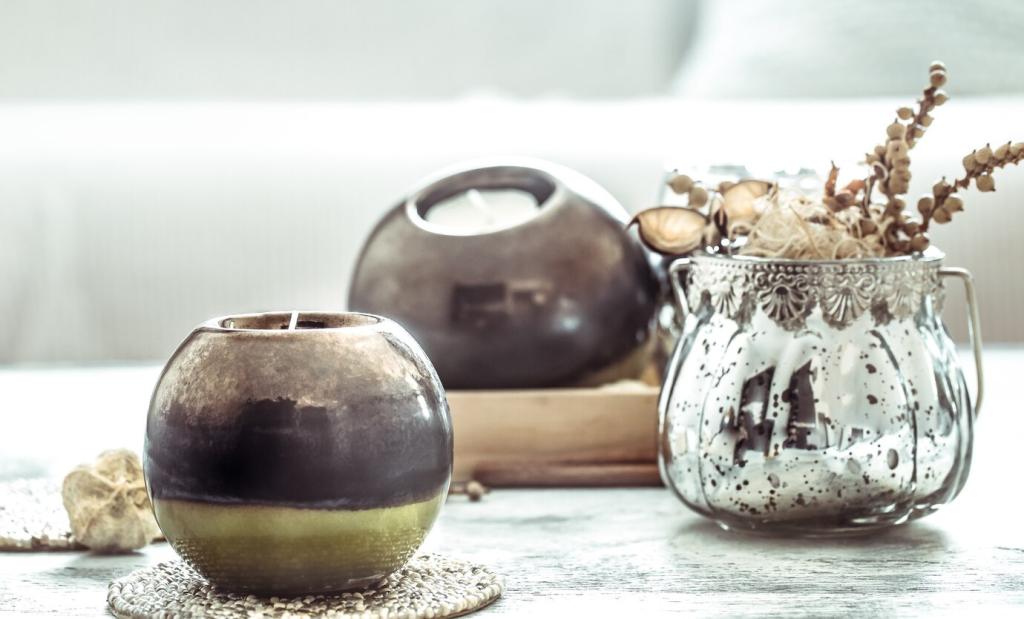

Air, Light, and Biophilia: Comfort You Can Measure and Feel
Choosing low-VOC woods, mineral paints, and natural textiles reduces off-gassing. Track indoor air quality with a sensor; aim for low TVOCs and healthy humidity. Tell us your IAQ wins and favorite monitoring tools.
Circularity and Localism: Reclaimed, Reused, and Regionally Sourced
Reclaimed Wood with a Backstory
Barn beams become mantelpieces; school gym floors turn into lively kitchen planks. Verify moisture content and metal detection, then celebrate the nail holes. Post a photo of your favorite reclaimed detail to inspire others.
Salvaged Stone and Brick
Architectural salvage yards are treasure troves of slate, marble, and brick. Patinated stone brings instant soul. Ask about previous sealers and perform a simple water drop test to gauge absorption before installation.
Choosing Local to Cut Embodied Carbon
Select materials produced within your region: clay plaster from nearby quarries, hardwood from regional forests, textiles woven domestically. Shorter supply chains mean fewer emissions and easier accountability—tell us your best local finds.
Room-by-Room Starter Plan: Small Steps, Big Planet-Friendly Wins
Try end-grain cutting boards, solid wood shelves with hardwax oil, and clay tile backsplashes sealed with breathable products. Swap plastic scrubbers for natural fiber brushes, and share your favorite earth-friendly kitchen swap.
Choose linen bedding, a wool duvet, and a wooden bedframe finished with plant oils. Use mineral paint in a muted tone to soften light. Comment if a specific textile helped you sleep cooler and longer.
Lime-plaster walls, tadelakt in wet zones, and bamboo or teak accessories resist mold while feeling spa-like. Ventilate well and select low-VOC sealers. Post your moisture-management tips for long-lasting natural finishes.
